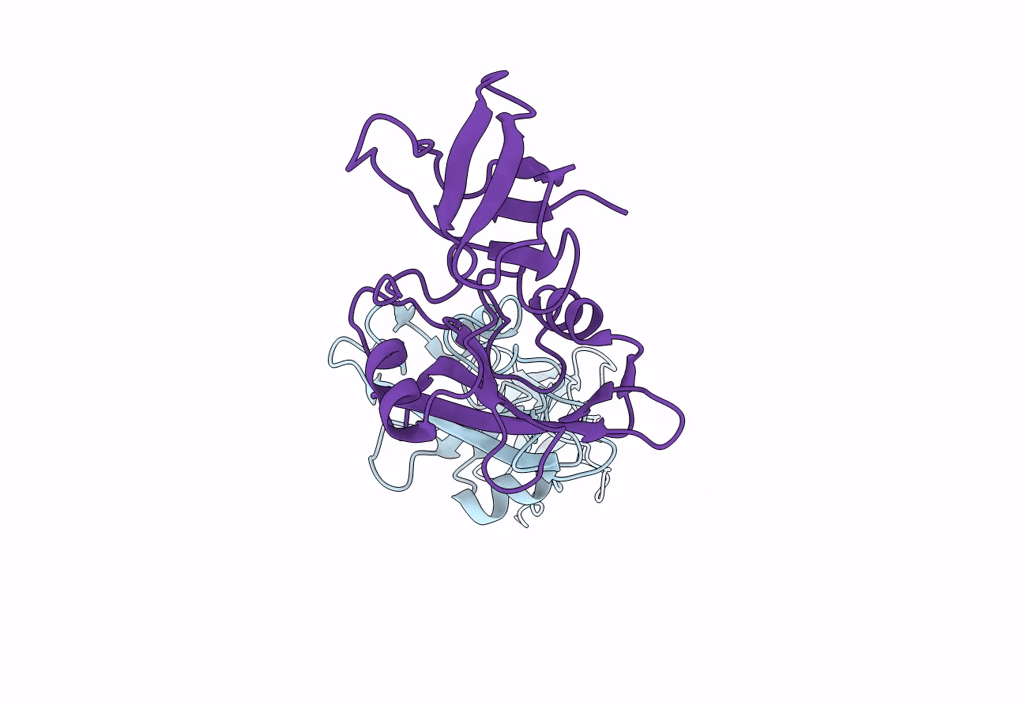
Deposition Date
2022-08-06
Release Date
2023-08-16
Last Version Date
2024-10-09
Entry Detail
PDB ID:
7YQE
Keywords:
Title:
Structure of human SRC regulatory domains in complex with the C-terminal PRRP motifs of GPR54.
Biological Source:
Source Organism:
Homo sapiens (Taxon ID: 9606)
Host Organism:
Method Details:
Experimental Method:
Resolution:
3.50 Å
R-Value Free:
0.29
R-Value Work:
0.26
R-Value Observed:
0.27
Space Group:
P 31 2 1


